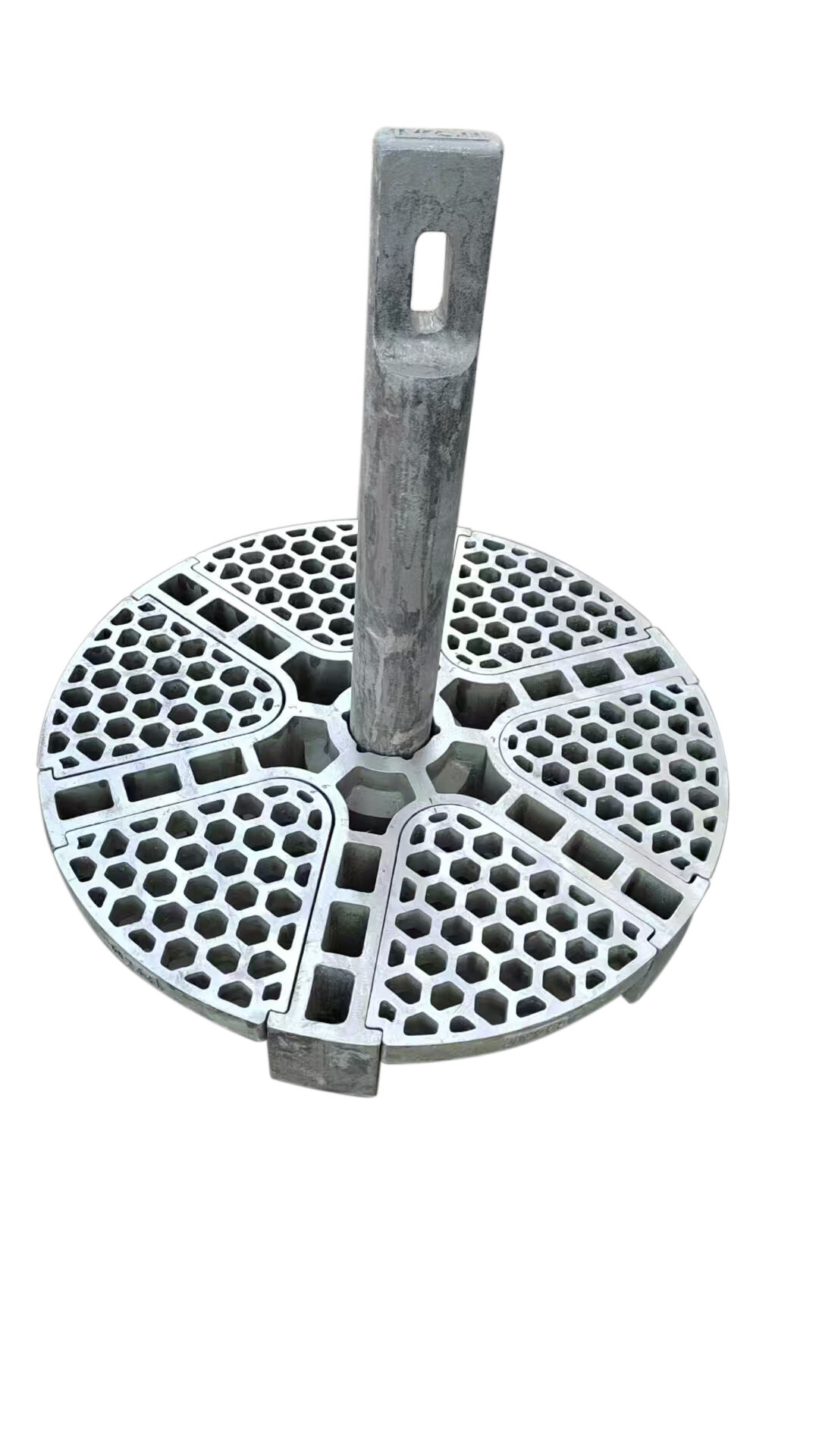investment & precision casting
Investment and precision casting represents a sophisticated manufacturing process that delivers exceptional accuracy and surface finish in metal components. This method begins with creating a wax pattern of the desired part, which is then coated with ceramic material to form a robust mold. Once the wax is melted away, molten metal is poured into the cavity, resulting in highly detailed and dimensionally accurate components. The process excels in producing complex geometries and intricate details that would be difficult or impossible to achieve through conventional manufacturing methods. Modern investment casting facilities utilize advanced computer-aided design and simulation tools to optimize mold filling and solidification, ensuring consistent quality across production runs. This technology serves various industries, including aerospace, automotive, medical devices, and industrial equipment manufacturing. The process allows for the use of a wide range of metals and alloys, from stainless steel and aluminum to superalloys, making it versatile for different applications. The resulting components feature excellent surface finish, requiring minimal post-processing work, and can achieve tolerances as tight as ±0.1mm in some cases.
